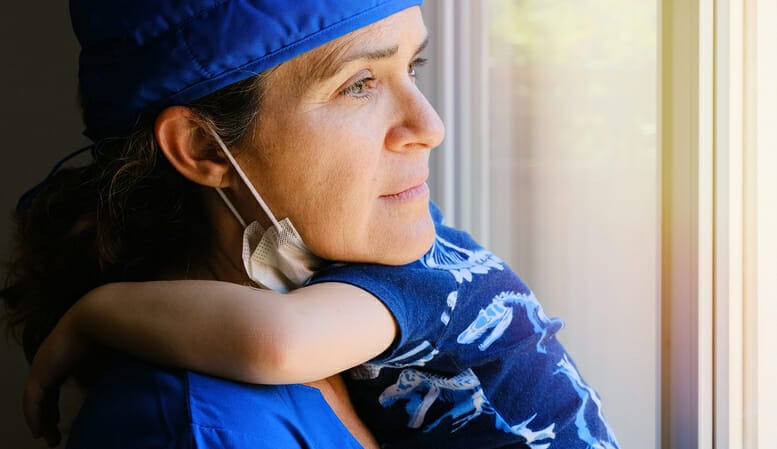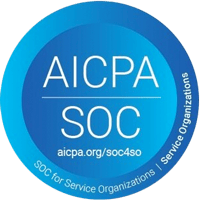Throughout the US, the nursing shortage is continuing, with especially stressful effects on areas with high rates of Covid-19 infections. Workers are looking for relief, and many owners and operators hope that will come in the form of state-level healthcare funding. State funding can definitely help remedy staffing issues, but even the most high-profile bills might not be enough to meet the industry’s needs. I’d like to look at one example of a recent healthcare funding bill to help think through this issue.
New York State’s 2022 Healthcare Funding Plan
In January of 2022, Governor Kathy Hochul announced a $10 billion plan to support healthcare growth and staffing retention in New York state in the next five years. Included was $2 billion dedicated to improving salaries, $2 billion to be used as bonuses for workers who stay in their positions for at least a year, and $2 billion meant to improve infrastructure. Plans like this are a definite step in the right direction for healthcare staffing. But are they enough?
I applaud Governor Hochul for earmarking 22% of this investment to home and community-based care. These are healthcare segments in need of attention, and it’s wise to allocate funding to support salaries specifically. With these funds, facilities and agencies will also have more flexibility to select evidence-based recruiting, retention, and training programs. There’s no denying that this kind of funding can translate into immediate support for direct care workers. That’s huge, but it’s only a starting point within an industry that needs bigger change.
Is State Funding Enough to Help Home Healthcare?
Before the start of the pandemic, home health was already the fastest-growing segment of the healthcare industry. Unsurprisingly, the demand for at-home care has increased exponentially. More people are seeking healthcare that allows them to stay comfortable and safe. During a global pandemic, that tends to mean staying at home.
That being said, home healthcare is in a difficult position, and it has been for years. Current reimbursement rates don’t guarantee employers will be able to pay caregivers a living wage. Because of this, home healthcare suffers from the stigma of being a profession with high demands and low pay. We need to address this aggressively if we want capable caregivers to continue entering (and staying in) the industry. A $2 billion investment in healthcare wages is a good start, but in practice, it’s not enough to make a substantial difference in such a deeply underfunded area of healthcare.
What Can $10 Billion Do?
While $10 billion is the largest investment New York has ever pledged to healthcare, it’s worth noting this isn’t by a wide margin. In fact, a $10 billion increase in healthcare funding over several years is fairly routine. Since last year alone, New York State’s Medicaid budget increased by $9 billion (up to $84 billion total). Over the course of the last five years, New York has added $19 billion to healthcare funding. The increased healthcare funding is important and necessary, but from a historical perspective, it’s less remarkable than it may first seem.
Although we must temper our expectations about how much this funding can do, it’s still true that it can be used for tremendous good, affecting the workers who need it most. My hope is that this funding makes it directly into the hands of the exhausted healthcare workers who have weathered the storm of the past few years.
Using Healthcare Funding for System Upgrades
State healthcare funding may help owners and operators make long-overdue software updates. Healthcare workers have an ingrained desire to provide accessible, straightforward care. Part of this is avoiding new processes that might introduce new problems. It’s an understandable attitude, but it can result in a very conservative approach to system upgrades.
At present, the healthcare industry is notorious for using antiquated technology that can slow down hiring, frustrate tech-savvy employees, and complicate patient care. By using outdated software, these businesses also make themselves unappealing to young candidates who are drawn to the cutting edge of healthcare innovation. With any luck, some of Governor Hochul’s $10 billion investment will go towards helping facilities implement new technology. Stronger technology can help facilities support residents, patients, and employees alike.
Focusing Resources to Support Caregivers
Caregivers, like all healthcare workers, are in the industry for a reason. They deserve to have their sense of purpose honored by employers and by state and federal governments. Many caregivers who left the industry in the past few years did so while grieving the positions that allowed them to follow these callings. We have a great need for caregivers, and we also have caregivers who are strongly driven to excel. What we need to do now is focus resources so these workers can stay in the roles where they can exercise their passion.
Governor Hochul’s investment in healthcare’s most valuable asset—its caregivers—and in the home healthcare segment specifically, is commendable. Healthcare workers need champions at the state level, especially as federal funding becomes more challenging to access. It’s entirely possible this funding will be a boon to individual facilities investing in new software and retaining top workers. At the same time, this funding is not an endpoint. To every state government that has promised to support the healthcare industry, I say: Thank you. What comes next?
Better Healthcare Staffing With Apploi
You don’t have to wait for state funding to approve your staffing. Apploi helps employers source candidates, streamline hiring, and onboard new recruits. Create automatic digital employee records, track important documents, and get automated alerts when paperwork is missing or soon to expire.
Interested in learning more about how you can recruit, hire, and onboard healthcare staff quickly? Contact us today for a free demo of our end-to-end talent management solution, or learn more about how Apploi helps you keep candidates engaged.





